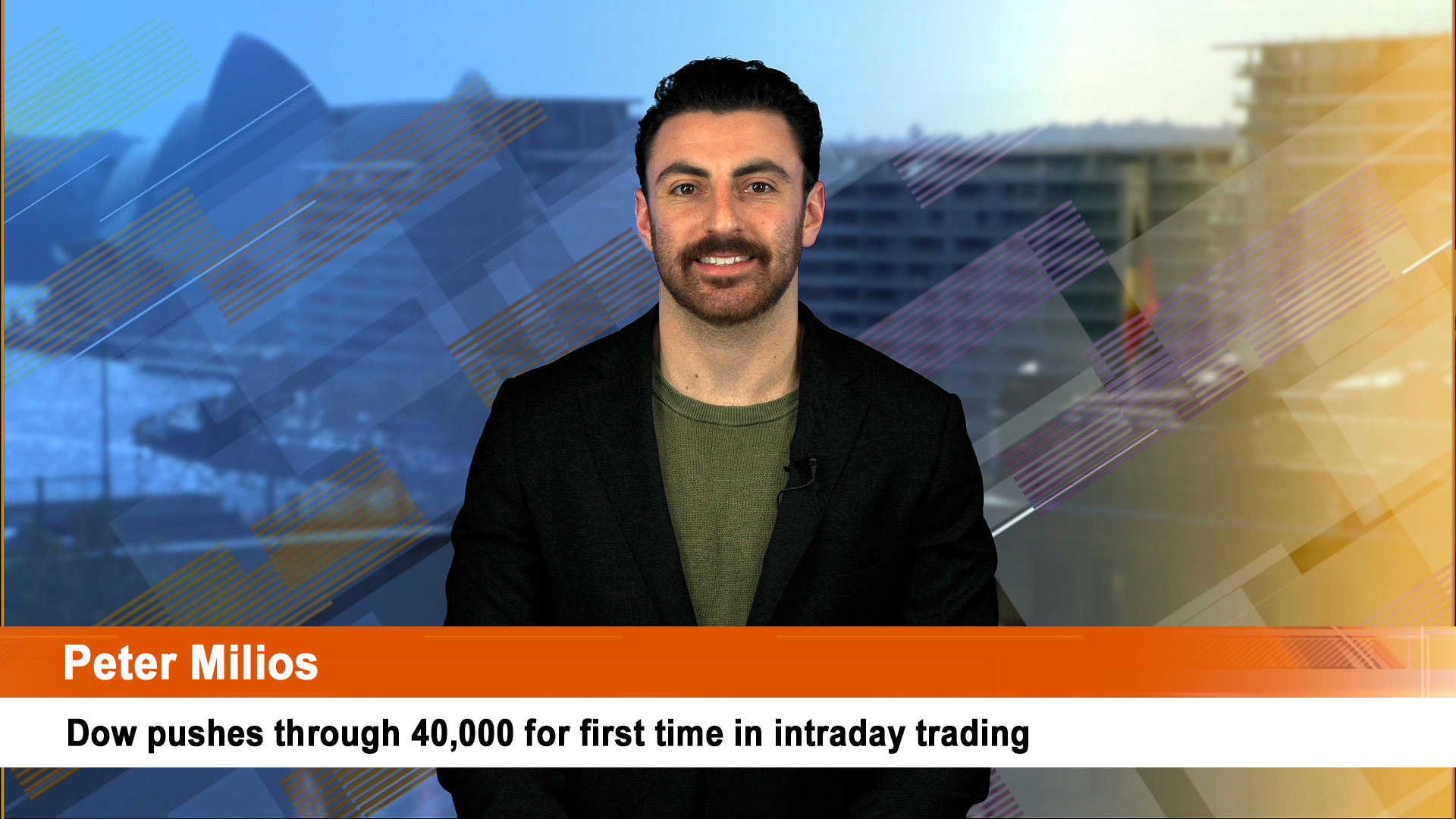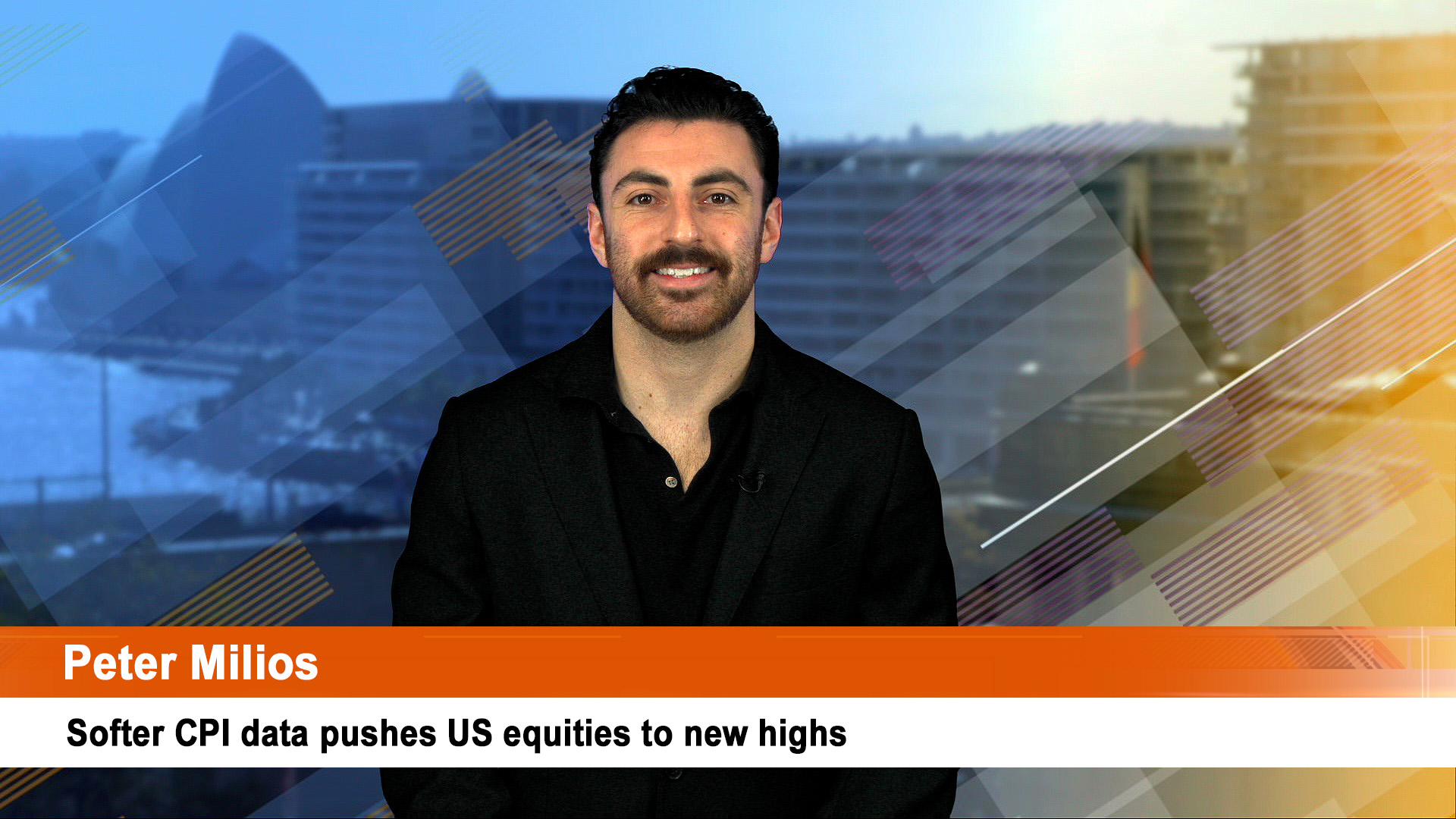Despite the apparent solid end to trading on Wall Street on Friday, the ASX looks headed for a slide at the open this morning.
The ASX will do it tough today, even though trading on Wall Street will be dominated by prospects of a boost tonight from the share splits from Apple (four for 1) and Tesla (five for one) — (see separate story).
Tuesday, September 1 is generally seen by US investors as the start of post-summer trading, traders return from the breaks (have many been away really thanks to COVID?) and there’s a lot of volatility as new views are taken on stocks. That sometimes wide swings and especially falls.
The GFC started in September 2008 after Lehman Brothers ran out of cash and couldn’t be saved while he crashes of 1929 and 1987 all started in October of the relevant years.
No sign of any worries on Friday though as Eurozone shares fell 0.4% but the S&P 500 rose 0.7% after investors realised the implications of the US Fed’s shift to inflation average (higher inflation and interest rates lower for longer) targeting.
ASX 200 futures fell 40 points, or 0.7%.
That means a weak start for the ASX on the last day of the June 30 reporting season (and the last day of winter) and ahead of the Reserve Bank’s monetary policy decision tomorrow and the June quarter GDP data (a big slide) on Wednesday.
Australian shares fell 0.6% last week (thanks to the 0.86% slide on Friday for the ASX 200) which reflected poor earnings results with weakness in utilities, energy, health, telco, and material (Boral) shares.
Global share markets mostly rose over the past week helped by continuing signs of economic recovery, positive coronavirus vaccine and treatment news and the Fed’s shift to inflation average targeting.
US shares jumped 3.3%, Eurozone shares gained 1.7% and Chinese shares were up 2.7%. Japanese shares fell 0.2% reflecting policy uncertainty following PM Abe’s resignation on Friday.
Bond yields rose helped by the Fed’s more dovish approach to inflation targeting. Iron ore prices fell, but metal (especially copper) and oil prices rose as the $US fell.
The Aussie dollar rose to 73.65 US cents its highest since December 2018. That will start putting a lid on any imported cost pressures, say from oil petrol etc. That’s not what the Reserve Bank wants to sew.
The Aussie dollar is up more than 14% from its late March low of 55.71 US cents.
The better news flow on coronavirus continued. New global coronavirus cases have been trending flat for a month now.
The AMP’s Dr Oliver says emerging countries may be rolling over with better trends in Brazil, South Africa (which has gone from 13,000 new cases a day down to around 2,000), Pakistan, Mexico and Saudi Arabia.
India though is now the fastest growing infection hub in the world.
Wall Street rose Friday, with tech stocks driving the S&P 500 to its sixth record closing high since confirming a bull market on August 18.
The Nasdaq also set an all-time closing high and the Dow is now in positive territory year-to-date with some major changes ahead of it from tonight with the split in Apple shares triggering the departure of three companies and the addition of three new replacements (See separate story).
In fact the S&P 500 is close to ending what could be its best August in 34 years. It’s up around 7% with one day to go.
All three major U.S. stock indexes ended the week higher than last Friday’s close, marking the fifth consecutive weekly gains for the S&P and the Nasdaq.
The Dow rose 161.6 points, or 0.57%, to 28,653.87, the S&P 500 added 23.46 points, or 0.67%, to 3,508.01 and the Nasdaq rose 70.30 points, or 0.6%, to 11,695.63.
Economic data released before the trading opened showed American consumers, who account for about 70% of the American economy, increased spending more than expected in July but the savings rate, a barometer of consumer uncertainty, remained elevated well above pre-pandemic levels.
The personal consumption expenditures (PCE) core index, which excludes food and energy, rose at a rate of 1.3% year-on-year.
That’s the Fed’s favourite measure of inflation and it has averaged less than the central bank’s 2% rate since 2012 when the hard target for inflation was first adopted.













